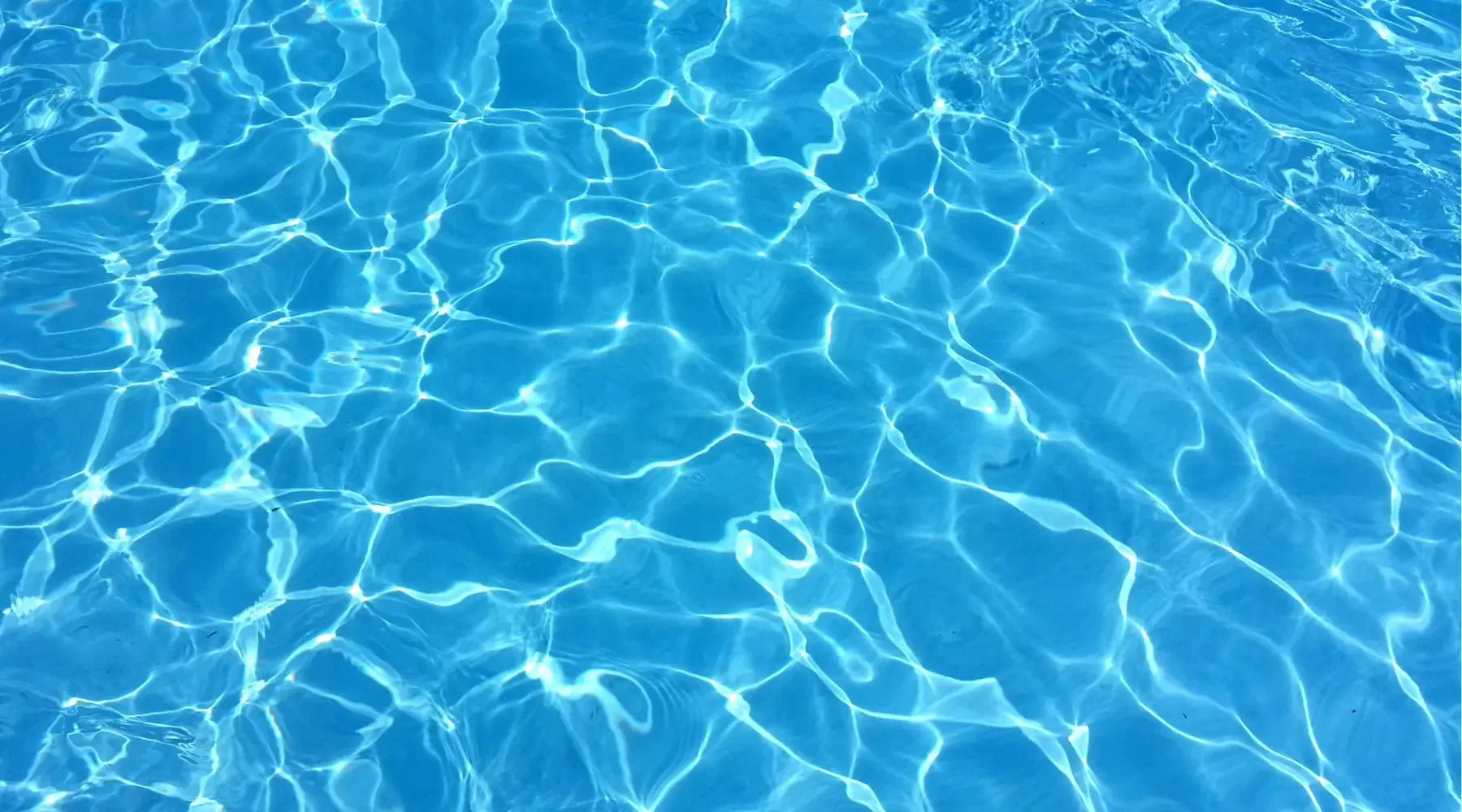Summer’s over, and that means that the joys of cold weather bike commuting are right around the corner. I’m still trying to find an all-season commuting tire that provides the best combination of speed and resistance to flats. And of course, nothing provides a better test bed for tires than Maryland roads in the winter.
The ultimate tire for flat resistance (at least in my experience) is the Specialized Armadillo. I’ve ridden a set of these for over 3000 miles, until the sidewall wore out, without a single flat. They’ve worked as advertised for me. The only problem with them is they’re heavy and somewhat slow. I’m not racing with them, so that’s not a huge problem. But if I can find something a little lighter and faster with the same resistance to flats, so much the better. If not, I have no problems sticking with the Armadillos.
Last winter I ran a set of Vredestein Fortezza SEs. These are more known as racing tires than as all-seasons, and they also have the advantage of being relatively cheap at under $30/tire. The Vredesteins rode well, but the back tire only lasted around 2000 miles before it started flatting on me regularly (the front tire is still going strong).
After buying a second bike this past summer, I now have 2 bikes to use for commuting, so this winter I’m putting 2 different tires through their paces: Continental Ultra Gatorskin on the road bike, and Bontrager Race Lite Hardcase on the fixed gear/single speed bike. Both sets are 700x23C, and both are new as of this writing. I’ll be running both sets at 110psi, give or take. NB – I never seem to get flats on the front tire, so I’m only comparing performance for the back tires. The fixie has a set of 2 Bontragers, and the road bike has a new Continental on the back and an older Vredestein on the front.
It’ll take a little more time to get the results in, as I’m now splitting my commutes across 2 bikes, so it’ll take longer to rack up miles on the tires. But I’m looking forward to seeing which tire lasts longer under similar conditions. Took my first ride on the Continental this morning, and surprise surprise, it rides a lot faster than the Armadillo it replaced. Stay tuned!
